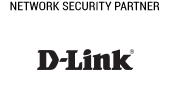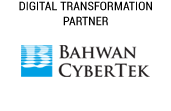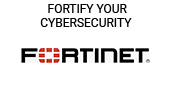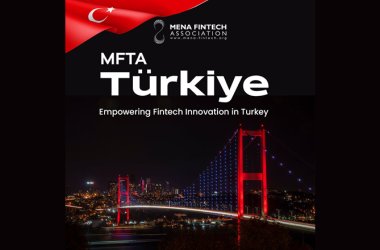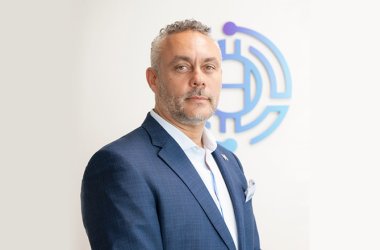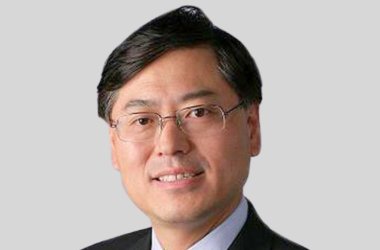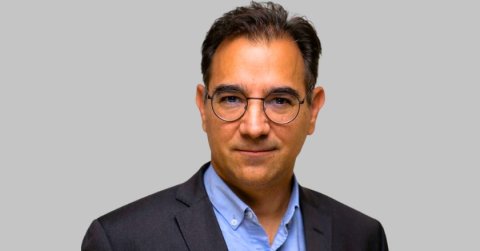
Guillaume de La Tour, CEO of ADI Foundation, shares how the Abu Dhabi-based non-profit is redefining global financial inclusion and digital trust with a Dirham-backed stablecoin and blockchain-powered solutions for governments and enterprises.
The ADI Foundation is driving a new era of global finance by aligning advanced blockchain technologies with real-world impact. Headquartered in Abu Dhabi and backed by a $120 million fund, the Foundation champions digital transformation across critical sectors—finance, sustainability, healthcare, and governance. Its flagship initiative, the AEDC stablecoin, is anchored to the UAE Dirham and designed with regulatory compliance at its core, creating a bridge between traditional banking and Web3 innovation. Guillaume de La Tour, CEO of ADI Foundation, explains how their mission is shaping inclusive digital economies, building cross-border trust, and positioning the UAE at the forefront of the global fintech revolution.
Interview Excerpts:
What specific role does ADI Foundation’s stablecoin project play in the digital economy of the UAE, and how does it align with the country’s broader blockchain and fintech strategy?
ADI Foundation’s AEDC stablecoin, backed by the UAE Dirham and built on a modular EVM blockchain, aims to revolutionise the UAE’s digital economy with fast, inclusive, and compliant financial services. It incorporates KYC/AML and FATF compliance for privacy and regulatory adherence, fostering DeFi innovation within traditional finance to drive community solutions and establish the UAE as a leading fintech hub. Aligning with Abu Dhabi’s Economic Vision 2030 and ADGM’s regulations, AEDC digitises the Dirham for global interoperability with major currencies, preparing the UAE for a tokenised future. With partnerships across 20+ countries reaching nearly 500 million people, ADI Foundation bridges Web2 and Web3 to create a compliant, inclusive ecosystem supporting economic diversification. As tokenisation of all assets becomes prevalent in ten years, including national currencies for sovereignty and interoperability, AEDC positions the UAE at the forefront of this shift due to its blockchain’s compliance and scalability, solidifying the UAE as a hub for instantaneous, inclusive, and interconnected global finance.
“The UAE continues to emerge as the ideal hub for a future where finance is instantaneous, inclusive, and interconnected, redefining global financial systems.”
Given the UAE’s focus on becoming a global fintech hub, how does the ADI Foundation plan to position itself as a leader in blockchain and digital currencies in the region?
The ADI Foundation is driving global financial inclusion by deploying a blockchain with locally validated compliance at Layer 3, tailored to each region’s regulations. Partnering with cutting-edge providers, we ensure localised infrastructure and AI integration on the blockchain, empowering communities with secure, scalable solutions. ADI Foundation is a transformative force, merging blockchain innovation with a mission for global financial inclusion and strategic alignment with the UAE’s goal to lead fintech. By delivering regulated, accessible digital finance, ADI Foundation positions the UAE as a cornerstone of the global digital economy, fostering a future where opportunity knows no borders.
What measures are being taken by ADI Foundation to build trust among institutional investors and government bodies in adopting a blockchain-based stablecoin for both cross-border payments and domestic transactions?
ADI Foundation builds trust by embedding compliance and security into its EVM-based stablecoin platform with a dedicated Layer 3 for regulations like KYC/AML and FATF. Real-time monitoring and decentralized identity enhance security for cross-border and domestic transactions. Partnerships across 20 countries, impacting nearly 500 million people, demonstrate tangible results, such as enabling 70 million M-PESA users to convert mobile money to stablecoin and revolutionizing carbon credit trading with Esyasoft. ADI Foundation extends its impact to healthcare with partnerships like Apeiro, serving 55 million people with secure health information systems. Located in the UAE, ADI Foundation delivers versatile, compliant blockchain solutions across sectors, establishing itself as a trusted leader.
What are some of the anticipated challenges in implementing a blockchain-based stablecoin especially when it comes to regulatory policies?
I see three main challenges:
Challenge #1: Navigating complex regulatory landscapes
Implementing a blockchain-based stablecoin like ADI Foundation’s stablecoin faces significant challenges, due to the diverse and evolving regulatory policies across jurisdictions. Governments often grapple with balancing innovation against risks, like money laundering, tax evasion, and financial instability, leading to fragmented or restrictive regulations. For instance, ensuring compliance with varying KYC/AML requirements globally, while maintaining blockchain’s decentralised ethos, is a technical and diplomatic hurdle. ADI Foundation addresses this by integrating a Layer 3 compliance sublayer into its modular EVM blockchain, enabling localised regulatory alignment without compromising scalability or security. By proactively engaging with regulators in more than 20 countries, ADI Foundation builds trust and ensures stablecoin adapts to regional frameworks, mitigating the risk of regulatory pushback.
Challenge #2: Ensuring interoperability amid technological disparities
Another challenge is achieving interoperability between stablecoin and existing financial systems, particularly in regions with underdeveloped technological infrastructure. Legacy banking systems and disparate blockchain protocols can hinder seamless cross-border payments and domestic transactions, especially in areas with limited digital connectivity. These risks excluding the 52% of MENA’s unbanked population from the digital economy.
ADI Foundation tackles this challenge by designing a stablecoin with native support for cross-chain compatibility and partnering with local infrastructure providers to deploy tailored solutions. For example, our collaboration with regional tech firms ensures blockchain nodes and AI-driven services operate efficiently even in low-resource environments, fostering inclusivity and operational reliability.
Challenge #3: Building public and institutional confidence
Gaining trust from institutions and the public for a blockchain-based stablecoin is challenging due to past crypto volatility and skepticism about digital currencies’ stability. Governments and investors may hesitate to adopt stablecoins, fearing economic disruptions or technical vulnerabilities. ADI Foundation counters this by anchoring the Dirham-backed stablecoin to the stable UAE Dirham and implementing robust cybersecurity measures, such as real-time transaction monitoring and W3C-compliant decentralised identity.
By showcasing successful pilots—like enabling secure healthcare data systems for 55 million people—ADI Foundation demonstrates reliability. Our transparent, community-driven approach, inviting regulators and developers to co-build ecosystems, further bridges the trust gap, positioning the ADI Foundation stablecoin as a dependable tool for global finance. The potential to change the world is tremendous, and we’re just getting started.
